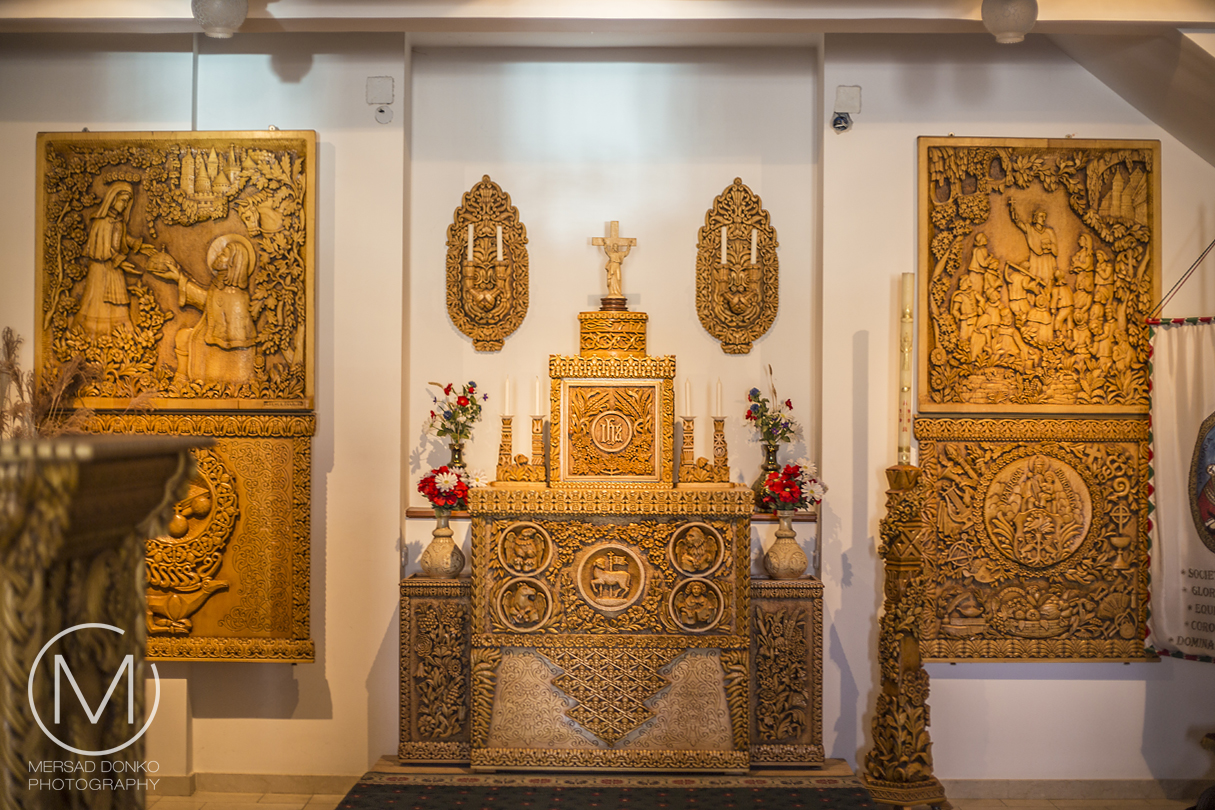Part five takes us out of the night and to our penultimate day in Budapest. We visited the Great Market Hall, and roamed the city during sunset to take glimpses of parts we hadn't seen before.
This Series includes:
Part One: Visiting Buda Castle and Fisherman's Bastion
Part Two: Visiting Heroes Square, City Park and the Zoo
Part Three: A Night in Budapest (1)
Part Four: A Night in Budapest (2)
Part Five: Visiting Great Market Hall and roaming the city
Part Six: Visiting the Hungarian Parliament
This Series includes:
Part One: Visiting Buda Castle and Fisherman's Bastion
Part Two: Visiting Heroes Square, City Park and the Zoo
Part Three: A Night in Budapest (1)
Part Four: A Night in Budapest (2)
Part Five: Visiting Great Market Hall and roaming the city
Part Six: Visiting the Hungarian Parliament
click on the images for a bigger view
The Great Market Hall or Central Market Hall is the largest and oldest indoor market in Budapest. The idea of building such large market hall arose from the first mayor of Budapest, Karl Kamermayer, and it was his largest investment.
Most of the stalls on the ground floor offer produce, meats, pastries, candies and spices.
After the visit to the Market Hall, we roamed the city, starting with a coffee break.
Best chocolate muffin I ever ate, with a fudge melting interior.
After we rested we crossed the Liberty Bridge to the other side of the city. The bridge was built between 1894 and 1896. Many trams used to cross the twin-road bridge, which was also heavily burdened with car traffic, and there is an initiative to convert it to a pedestrian-only crossing once the fourth underground metro line is completed in Budapest in the coming decade.
On the other side we climbed the park hill and visited a underground church, in the Gellert Hill Cave.
In 1945, the Soviet Red Army captured Budapest. For six years, the cave continued its religious functions, but in 1951, the State Protection Authority raided the chapel as part of increasing action against the Catholic Church. As a result of the raid, the cave was sealed, the monastery's superior, Ferenc Vezér, was condemned to death
For a small entrance fee, a audio guide is provided, giving detailed descriptions of every corner.
Just outside the entrance to the church, on the south slope of Gellért Hill, stands the Szent István-szobor, a stone statue of St. Stephen that was created in 2001 by Pál Kő. It depicts the saint, who was the first king of Hungary, standing aside his horse and holding a model of a Romanesque church in his hands.
Upon returning to our apartment, we crossed the bridge again, as the setting sun was giving a warm glow to the surroundings.
The Budapest Train Station. Our metro station was nearby, and since I was eying this view since we arrived, I had to take the opportunity and finally get the shot.
I hope you enjoyed this somewhat lengthy post. In our final part we will visit more parts of the city, including the Hungarian Parliament.

































0 comments:
Post a Comment